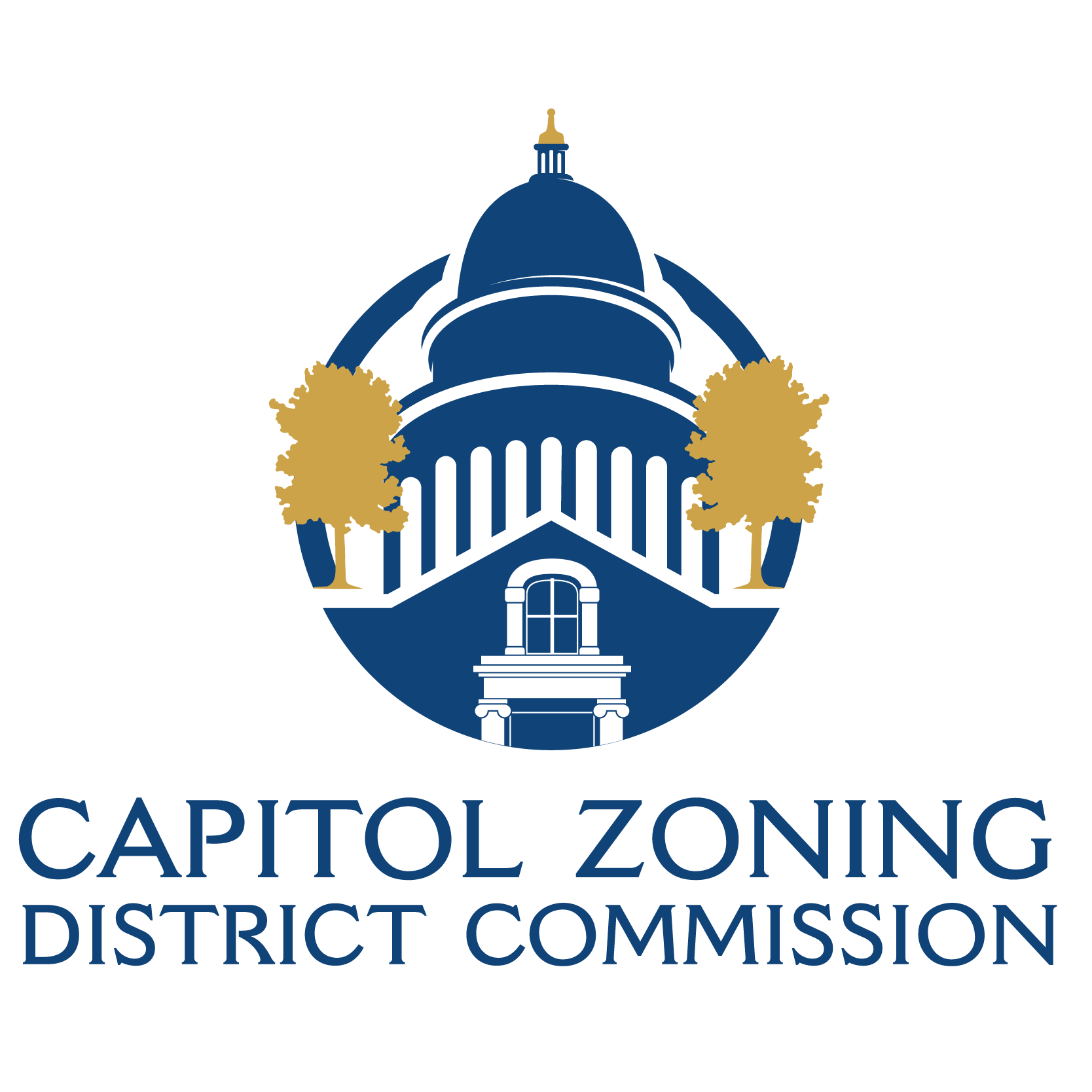Capitol Zoning District Commission


In the mid-1970s, the areas in Little Rock around the State Capitol and Governor's Mansion were in decline, largely neglected by planning and development efforts.
Recognizing that something had to be done to protect the face the state presented to its citizens and visitors, the Arkansas General Assembly created the Capitol Zoning District Commission to promote reinvestment and protect the unique character of these neighborhoods by acting as a special planning and historic preservation commission. In 2001 the Capitol Zoning District was expanded by the General Assembly, bringing the total number of properties under its protection to well over 1,400. The Capitol Zoning District protects more historic properties than any local (city or county) historic preservation district in Arkansas.
Mission
1.) To preserve the visual prominence of the State Capitol;
2.) To ensure a public environment of high amenity in the State Capitol Area;
3.) To preserve the residential character of the Governor’s Mansion Area;
4.) To preserve historic and architecturally significant structures; and
5.) To encourage compatible development within the District.
Through fair and even-handed application of agreed-upon rules, the Commission has been remarkably effective in its mission to stabilize and improve the neighborhoods surrounding the State Capitol and Governor’s Mansion. By creating certainty in the real estate market for nearly four decades, the District has served to attract private investment compatible with the dignity of Arkansas’s State Capitol and Governor’s Mansion. The Mansion Area, in particular, has seen an extraordinary revitalization over the last generation not found in the unprotected, though no less historic, adjoining neighborhoods to the east, south, and west.
Although the Commission serves all Arkansans in its efforts to protect the neighborhoods around the Capitol and Governor’s Mansion, it actively solicits recommendations from those individuals with a personal investment in the District. Two citizen advisory committees—one for each Area—comprised of residents, property owners, and neighborhood advocates, review each application that comes before the Commission to offer comments and advice. A third standing committee of architects and design professionals also advises the Commission on architectural, planning, and other technical issues. The Capitol Zoning District Commission is the only planning or preservation commission in Arkansas that uses permanent citizen committees to solicit regular, ongoing feedback from its most immediate constituents.
Because the Capitol Zoning District Commission reviews all land use and development in the District, property owners must obtain a Capitol Zoning permit before beginning any exterior work on existing structures, such as additions or alterations, and before beginning work on a new structure or site improvement (such as a fence, sign, parking area, or accessory building). A permit is also required to demolish or remove any structure or site feature. A Capitol Zoning permit is a prerequisite to obtaining a building permit from the City of Little Rock, and is also required for businesses or landlords to obtain a Privilege License or Certificate of Occupancy from the city. A CZDC permit is not required for routine maintenance of a building’s exterior, such as painting, nor for interior renovations. Permit applications are reviewed for their consistency with the Commission's Rules. Project approvals are generally conditioned on maintaining the historic and architectural character of the District's buildings.
If you are not sure whether your project will require a Capitol Zoning permit, please contact the office, and our staff will assist you. Most permits can be approved by staff, though major changes may require review by the Commission at its regular monthly meeting. Working with the CZDC staff in advance is strongly advised, and the staff will be happy to talk to you and let you know what materials are required for your application.


